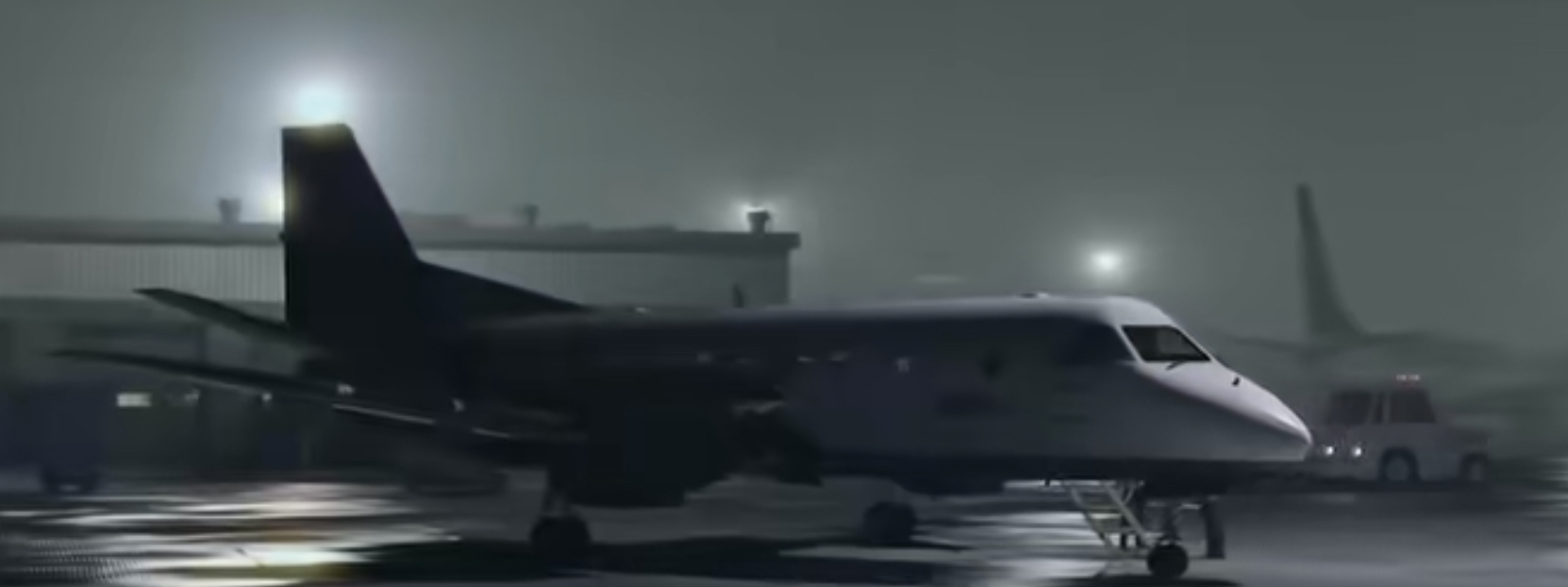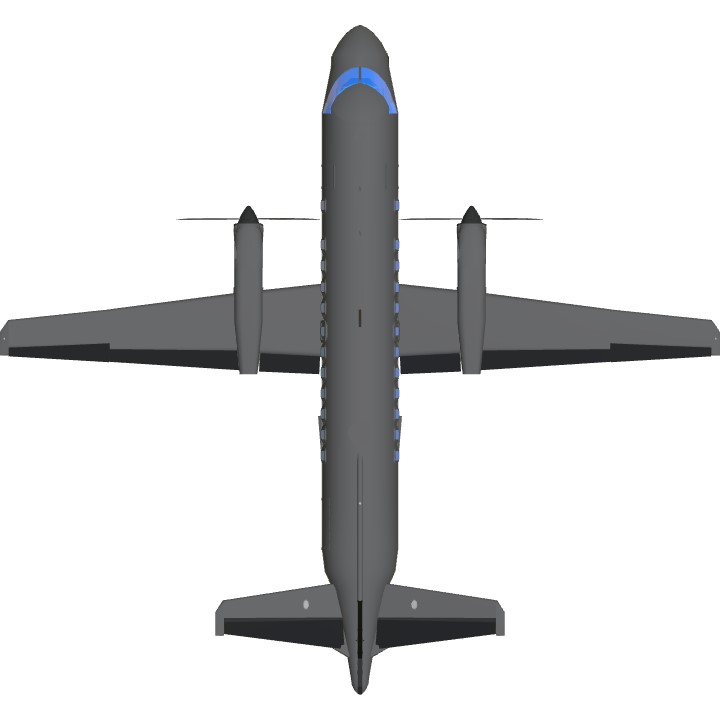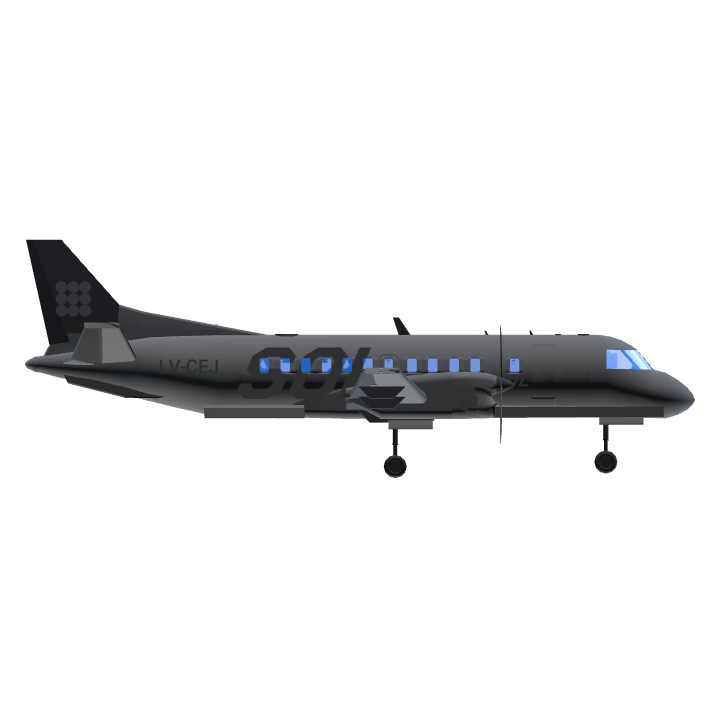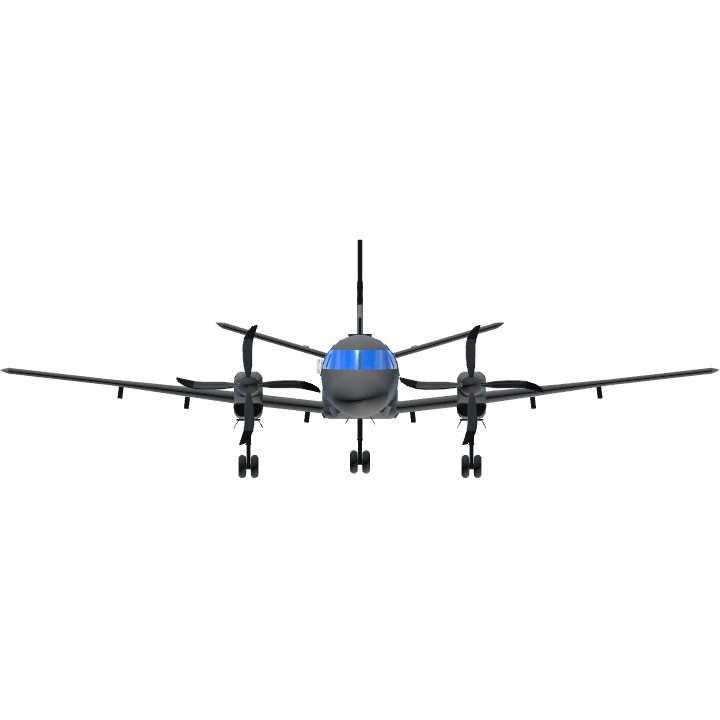
(ACI screenshot: SOL flight 5428 before takeoff)
A Saab 340A passenger plane, registered LV-CEJ, was destroyed when it crashed 20 km north of Prahuaniyeu, Argentina. The 19 passengers and three crew members on board did not survive the accident.
The airplane operated on SOL Líneas Aéreas flight 5428 from Córdoba (COR) to Mendoza (MDZ), Neuquén (NQN) and Comodoro Rivadavia (CRD). The flight departed Neuquén at 20:05 for the final leg of the flight. The aircraft climbed to FL190. After flying for 24 minutes, the pilot levelled the aircraft at 17800 ft, and remained at this level for approximately 9 minutes.
When flying at FL179, the aircraft began to pick up ice. The copilot radioed air traffic control for permission to descent. The flight was then cleared down to FL140. However, while descending the crew members commented on the growing ice accretion on the wind shield and wings. By the time the aircraft had reached FL140, the icing conditions were severe. The aircraft flew for approximately two minutes with a straight and level flight attitude, increasing the accumulation of ice.
The airspeed dropped until the airplane stalled. The pilots attempted to regain control of the plane, but failed. The airplane impacted terrain and burned.
Cause:
During a commercial, domestic passenger flight, while cruising, the crew lost control of the aircraft, which uncontrollably impacted the ground due to severe ice formation caused by the following factors:
Entering an area with icing conditions without adequately monitoring the warning signals from the external environment (temperature, cloudiness, precipitation and ice accumulation) or the internal (speed, angle of attack), which allowed for prolonged operations in icing conditions to take place.
Receiving a forecast for slight icing - given that the aircraft encountered sever icing conditions - which led to a lack of understanding regarding the specific meteorological danger.
Inadequately evaluating the risks, which led to mitigating measures such as adequate briefing (distribution of tasks in the cockpit, review of the de-icing systems, limitations, use of power, use of autopilot, diversion strategy etc.) not being adopted.
Levels of stress increasing, due to operations not having the expected effects, which led the crew to lose focus on other issues.
Icing conditions that surpassed the aircraft's ice protection systems, which were certified for the aircraft (FAR 25 Appendix C).
Inadequate use of speed, by maintaining the speed close to stall speed during flight in icing conditions.
Inadequate use of the autopilot, by not selecting the IAS mode when flying in icing conditions.
Partially carrying out the procedures established in the Flight Manual and the Operations Manual, when entering into areas with severe icing conditions.
Realizing late that the aircraft had started to stall, because the buffeting that foretells a stall was confused with the vibrations that signify ice contamination on the propellers.
Activation of the Stick Shaker and Stall Warning at a lower speed than expected in icing conditions.
Using a stall recovery technique which prioritized the reduction of the angle of attack at the expense of altitude loss, and which was inappropriate for the flight conditions.
The aileron flight controls reacting in an unusual manner when the aircraft lost control, probably due to the accumulation of ice in the surfaces of these, which made it impossible for the aircraft to recover.
The increasingly stressful situation of the crew, which affected its operational decision-making
Specifications
General Characteristics
- Predecessor Saab 340B KLM Cityhopper (PH-KSH) [First Remake]
- Created On iOS
- Wingspan 50.0ft (15.2m)
- Length 46.6ft (14.2m)
- Height 16.4ft (5.0m)
- Empty Weight 19,370lbs (8,786kg)
- Loaded Weight 25,429lbs (11,534kg)
Performance
- Power/Weight Ratio 0.662
- Horse Power/Weight Ratio 0.147
- Wing Loading 97.0lbs/ft2 (473.7kg/m2)
- Wing Area 262.1ft2 (24.3m2)
- Drag Points 7988
Parts
- Number of Parts 428
- Control Surfaces 9
- Performance Cost 1,968







一架注册为LV-CEJ的Saab 340A型客机在阿根廷Prahuaniyeu以北20公里处坠毁。飞机上的19名乘客和3名机组人员在事故中丧生。
这架飞机是SOL Líneas Aéreas公司从科尔多瓦飞往门多萨(MDZ)、内乌肯(NQN)和科莫多罗·里瓦达维亚(CRD)的第5428号航班。该航班于20:05离开内乌肯,开始最后一段航程。飞机爬升到FL190。飞行24分钟后,飞行员将飞机拉平到17800英尺,并在这个高度保持大约9分钟。
在FL179飞行时,飞机开始结冰。副驾驶用无线电向空中交通管制请求降落。该航班然后被许可下降到FL140。然而,在下降时,机组人员评论了挡风玻璃和机翼上不断增长的冰。当飞机到达飞行高度140时,结冰条件非常严重。飞机以直线水平飞行姿态飞行了大约两分钟,增加了冰的积累。
空速下降,直到飞机失速。飞行员试图重新控制飞机,但失败了。飞机撞上地形后燃烧了。原因:
在一次商业国内客运飞行中,在巡航时,机组人员失去了对飞机的控制,由于以下因素导致严重结冰,飞机失控撞击地面: